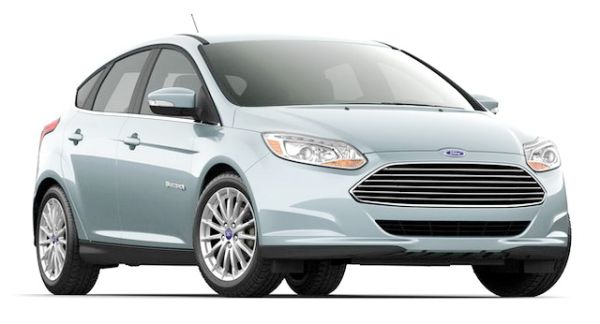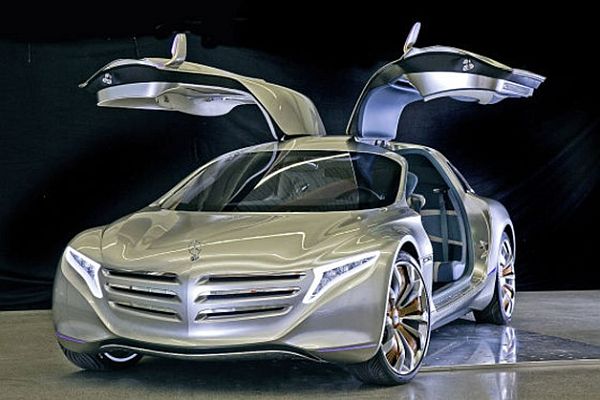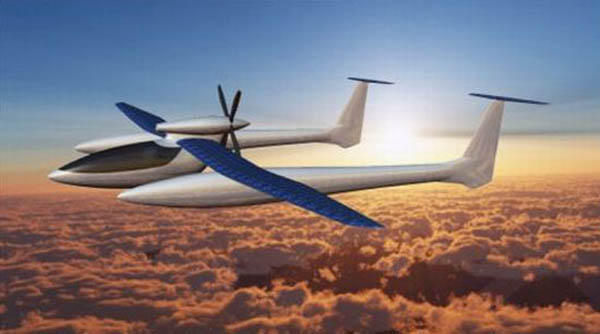
Aircrafts and eco friendliness don’t usually go hand in hand. These flying machines are usually known to guzzle tons of fuel and pollute the atmosphere. But this hasn’t stopped designers from coming up with eco friendly concepts for aircrafts that are designed to have only a minimal impact on the planet. Of course, they’re just concepts but they give manufacturers an idea of what people are hoping the future of the airline industry and transportation as a whole will be.
Deus Ex Machina
The Deus Ex Machina designed by Peter Shearer is designed to make air transport less noisy and more eco friendly by harnessing solar power that will supply 80 percent of the energy requirements. The twin-boom lightweight aircraft has a cockpit the size of that of a sailplane and can be upgraded to a two-seater. Using solar power and conventional fuel, Deus Ex Machina can reach speeds of 120 mph with an airborne time span of 8 hours. The designer has likened the aircraft to the Toyota Prius and rightly so.
MIT’s D “double bubble” series design
An MIT team has come up with an aircraft design that will utilize 70 percent less jet fuel than conventional airplanes. The aircraft will also be less noisy and will reduce the amount of nitrogen oxide emission. In order to ensure that the double bubble series performs according to specifications, it will have to travel 10 percent slower than a conventional 737. The concepts shows engines fitted at the rear, longer wings and reconfiguration of the cross section to reduce drag, allowing the plane to burn less jet fuel for the same thrust requirement.
Panthera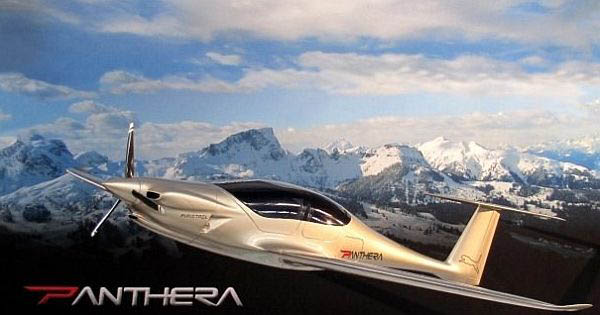
Pipistrel is an aircraft company that’s looking to expand its line of weightless aircraft. Three new designs of the Panthera planes have been conceived consisting of hybrid, electric and petrol variants. The hybrid will be fitted with a 145kW electrical motor whose fuel consumption will amount to just 10 gallons. The Panthera Electro, meanwhile, will have an engine with 195 Ch of power and the ability to fly at speeds of 407 km/h. The petrol variant will sell for a price of $295,000 while the other two variants will be available by 2013.
EADS ZEHST concept airplane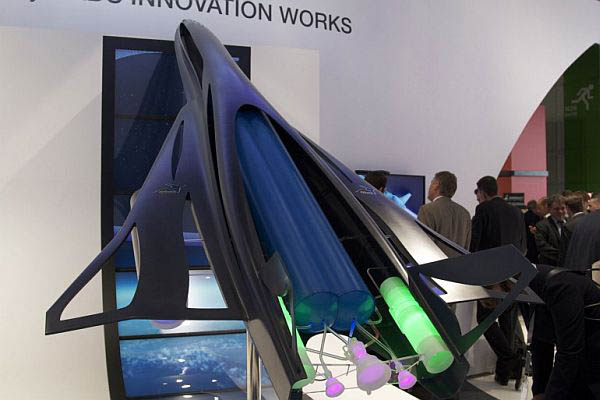
Aerospace company, EADS, lifted the lid off its ZEHST concept last year which will be able to reduce the time taken to cover far off countries. It will reach altitudes of 60,000 feet and reach speeds of Mach 3.5. Like MIT’s double bubble design, ZEHST will reduce NOX and CO2 emissions. For the takeoff, the plane will make use of biofuel and climb using the help of hydrogen fueled engines.
EasyJet reveals eco-friendly aircraft concept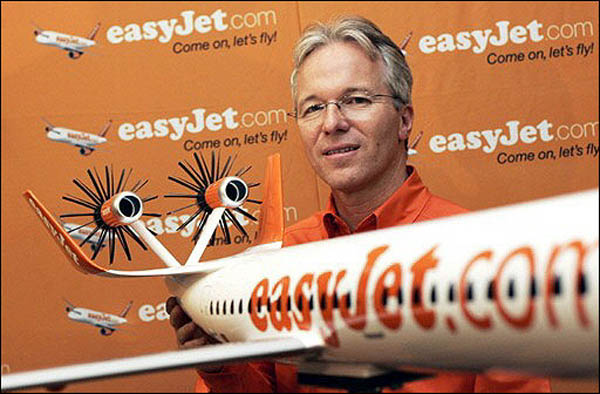 In 2007, EasyJet lifted the lid off its EcoJet concept designed to be 25 percent quieter and 50 percent more fuel efficient. Open rotor engines in the tail will deliver just 25 percent of CO2 and increase fuel efficiency. The wings and fuselage will be made out of lightweight composite materials, further boosting its efficiency. To balance the engines’ weight, the wings are placed further aft and are based on laminar flow technology.The Supersonic Green Machine
In 2007, EasyJet lifted the lid off its EcoJet concept designed to be 25 percent quieter and 50 percent more fuel efficient. Open rotor engines in the tail will deliver just 25 percent of CO2 and increase fuel efficiency. The wings and fuselage will be made out of lightweight composite materials, further boosting its efficiency. To balance the engines’ weight, the wings are placed further aft and are based on laminar flow technology.The Supersonic Green Machine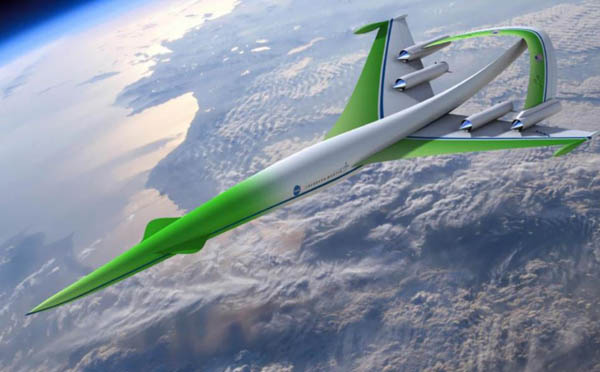
NASA and Lockheed Martin banded together to dream up the Supersonic Green Machine designed to minimize sonic boom while traveling at supersonic speeds. An inverted V-engine is the key component to reduce noise, working like a spoiler fitted onto a racing car to improve airflow. No real details have been revealed on performance but the designers have said that the Green Machine will be far more fuel efficient than present aircrafts.
Silent Eco-friendly Plane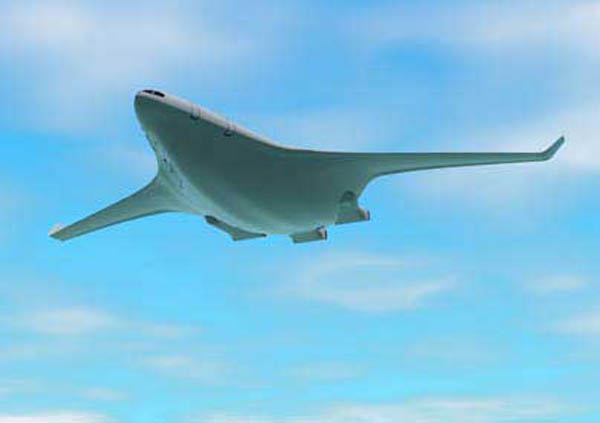
Researchers at Cambridge and MIT drew up an aircraft concept designed to be silent and eco friendly. The plane will have a capacity for 215 passengers and achieve 25 percent more fuel efficiency than present aircrafts by delivering 124 passenger-miles per gallon. The body and wings have been integrated into what looks like a single wing to provide more lift and a slower approach and takeoff to reduce noise.
Greener flying machines for the year 2025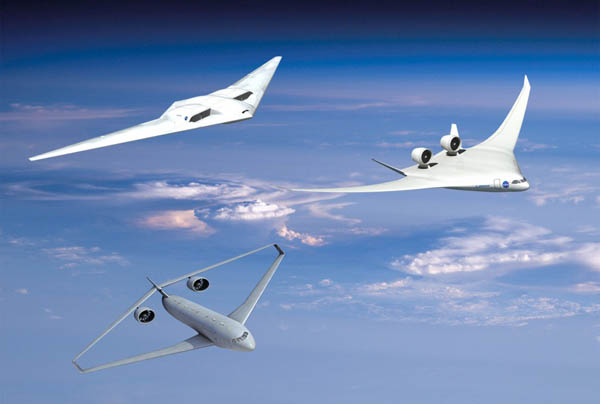
NASA has unveiled designs for future aircrafts for the year 2025 which will have a higher fuel efficiency and 50 percent less emissions. Northrop Grumman, Lockheed Martin and Boeing have also worked on the concept’s research and development. Achieving emission and fuel efficiency targets is tough but we’re sure that the four groups will be able to fine tune their designs to perfection.
Equator EQP2 Excursion concept aircraft
Industrial designers Tomas Brodreskift and Oyvind Roar Berven have conceived of the EQP2 Excursion, a lightweight sports aircraft that silently runs on an electric engine at heights of 13,500 feet. It demands a small landing space of just 750 feet and can hit speeds of 220 knots and cruise speeds of 170 knots.
A350H Airliner concept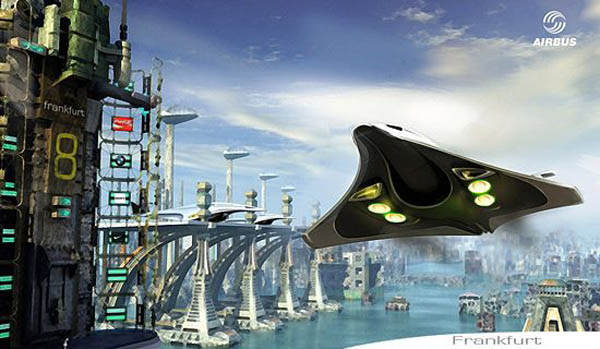
If Victor Uribe has his way, the year 2050 will see passengers flying on A350H Airliners. Taking the dolphin as his muse, Uribe has conceptualized the A350H that increases fuel efficiency and reaches faster speed. The design envisions using cryogenic hydrogen for propulsion with the A350H being able to take off vertically as future airports may not be able to accommodate lengthy runways.



